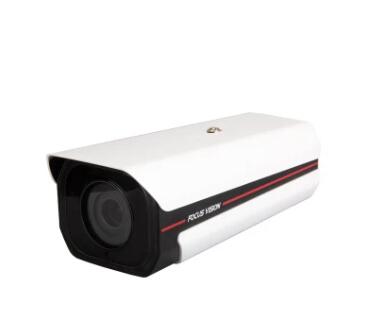Navigating the Landscape: Exploring Different Types of Surveillance Systems
2023-11-28
Introduction:
In the ever-evolving realm of security and information gathering, surveillance systems have become integral tools for monitoring, safeguarding, and managing a variety of environments. From the watchful eyes of closed-circuit television (CCTV) to the discreet capabilities of advanced digital systems, the diversity of surveillance technologies is vast. In this blog, we will embark on a journey to explore the different types of surveillance systems that contribute to the multifaceted landscape of monitoring and control.
1. Closed-Circuit Television (CCTV) Systems:
- CCTV systems are among the most common and recognizable surveillance setups.
- They consist of a network of cameras connected to a centralized monitoring station.
- Used in various settings, including public spaces, businesses, and homes.
2. Digital Video Surveillance (DVS) Systems:
- DVS systems digitize video signals for storage and transmission.
- Offer advanced features such as remote access, analytics, and integration with other technologies.
- Commonly used in high-security environments and smart city applications.
3. IP-Based Surveillance Systems:
- Utilize Internet Protocol (IP) networks for video surveillance.
- Offer scalability, flexibility, and remote accessibility.
- Integration with other IP-based technologies like access control and analytics.
4. Wireless Surveillance Systems:
- Employ wireless technology for communication between cameras and the central system.
- Ideal for areas where running physical cables is challenging or impractical.
- Commonly used in outdoor surveillance and remote locations.
5. Analog Surveillance Systems:
- Traditional systems that use analog signals for video transmission.
- Often being replaced by digital alternatives for improved image quality and functionality.
- Still found in some legacy installations.
6. Covert Surveillance Systems:
- Also known as undercover or hidden surveillance.
- Cameras and recording devices are discreetly placed to monitor without detection.
- Used in law enforcement, private investigations, and some security applications.
7. Mobile Surveillance Systems:
- Designed for temporary or mobile deployment.
- Often used in law enforcement, public events, and construction sites.
- Can include mobile cameras, drones, and vehicle-mounted systems.
8. Biometric Surveillance Systems:
- Combine surveillance with biometric technology for identity verification.
- Use facial recognition, fingerprint scanning, or iris recognition.
- Commonly used in access control and high-security environments.
Conclusion:
As technology continues to advance, the array of surveillance systems diversifies, offering solutions tailored to specific needs and challenges. Whether safeguarding public spaces, enhancing residential security, or aiding law enforcement, these systems collectively contribute to the complex web of monitoring and control that characterizes the modern era. Understanding the different types of surveillance systems empowers individuals, businesses, and governments to make informed choices in designing security strategies that meet their unique requirements.



